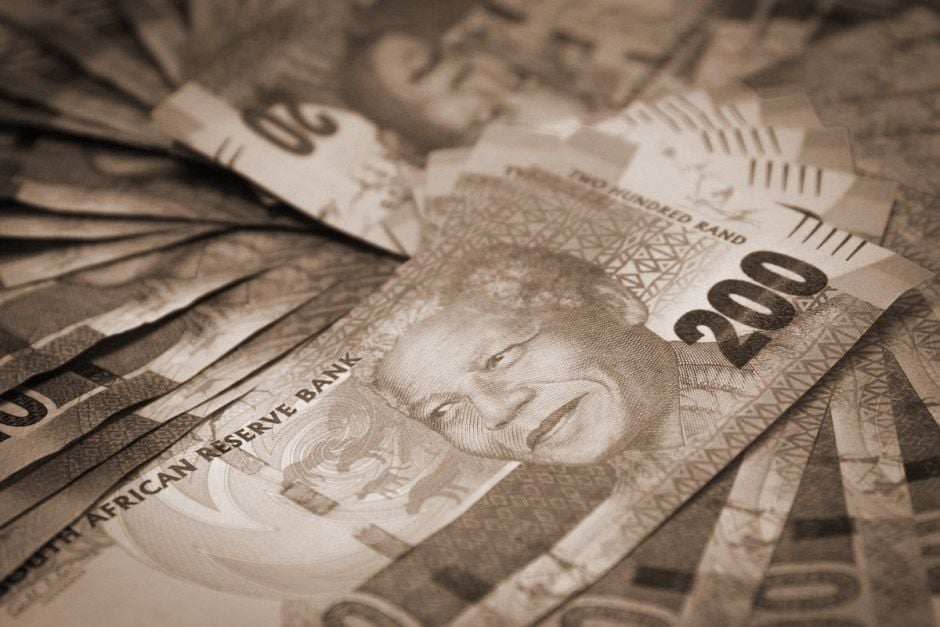South African Rand Could Benefit From Slower Fed But Gains On Sterling Muted
- Written by: James Skinner

Rising US Treasury prices and falling yields could see further pressure on the Dollar, but particularly against high-yielding currencies like the Rand.
The Rand could be among those to benefit from a more dovish Federal Reserve in the states, keeping a lid on the USD/ZAR exchange rate over the coming weeks, although the currency may struggle to advance further against the Pound.
Strategists see currencies like the South African Rand benefitting if markets revise their expectations for the pace of Fed rate hikes, which could happen if recent events lead the FOMC to sound more dovish in its September 20 statement and the central bank decides to sit the year out before making another move.
“To the extent that the drop in yields is capitulation by a market which heard Brainard and Kashkari and is wondering if the peak in Fed Funds might not even be above 2%, any dip in higher-yielding currencies is going to be very short-lived,” says Kit Juckes, a strategist at Societe Generale, in Wednesday note.
Juckes’ deliberation was over the likely cause behind Tuesday’s bond market move that saw the US 10 yr yield fall to its lowest level since the presidential election.
Price action in the bond market pushed the Dollar index down at the time, while a combination of US rates and South African economic news held the greenback down against the Rand throughout much of the subsequent Wednesday session.
The US-Dollar-to-Rand exchange rate was 0.24% lower during noon trading in London, quoted at 12.87, taking the pair’s year to date losses to -6.13%.
“Dollar weakness came at the right time for the rand, it coincided with the release of local GDP data for 2Q17, which surged to 2.5% q/q annualised — effectively taking the economy out of technical recession,” says Isaah Mhlanga, an economist at Rand Merchant Bank. “More so, the positive GDP print will not deter the SARB from cutting rates at least one more time before year end. We think that the cut will come in November, but the risk of a September cut is increasing,”
Continued weakness of the dollar could eventually correct itself in the face of a South African Reserve Bank (SARB) that is cutting rates and a Fed that will eventually resume its move higher.
“The Rand is biased for gains against dollar and euro but weakness against sterling,” says the RMB team in its morning note Wednesday.
Sterling is the only G10 currency, asides from the Dollar, to have ceded ground to the Rand during the 2017 year to date.
But with inflation holding the Bank of England over a barrell, preventing it from cutting rates any further, and the SARB appearing committed to reducing its own cash rate, the British currency may have reached a bottom against its South African rival.
The Pound-to-Rand exchange rate was down 0.09% Wednesday at 16.81. It is down 0.62% for the year to date after falling by around 30% during the 2016 year.




